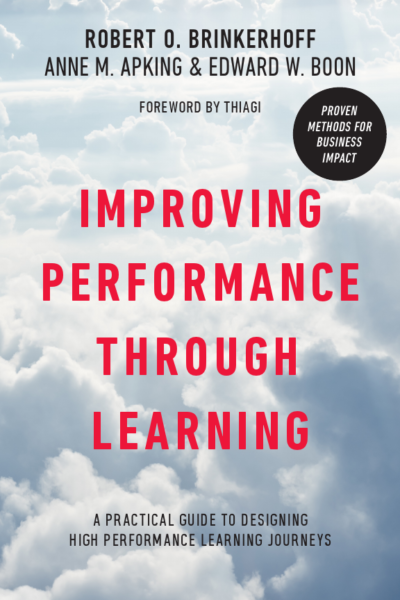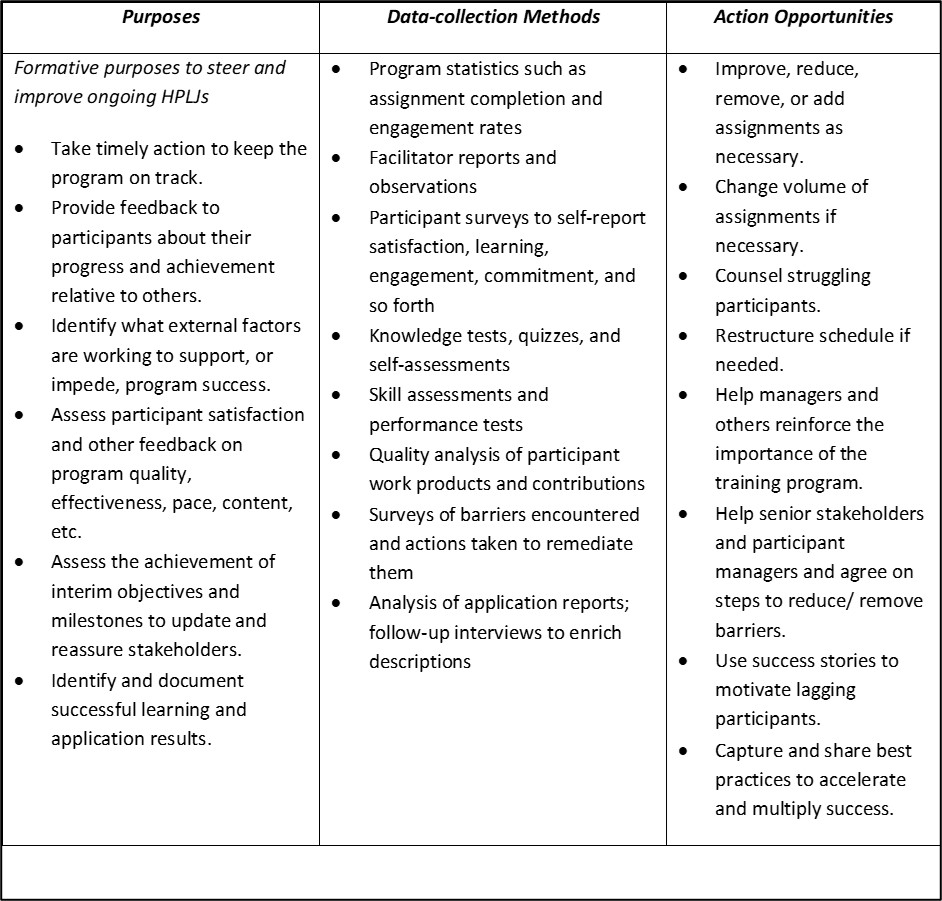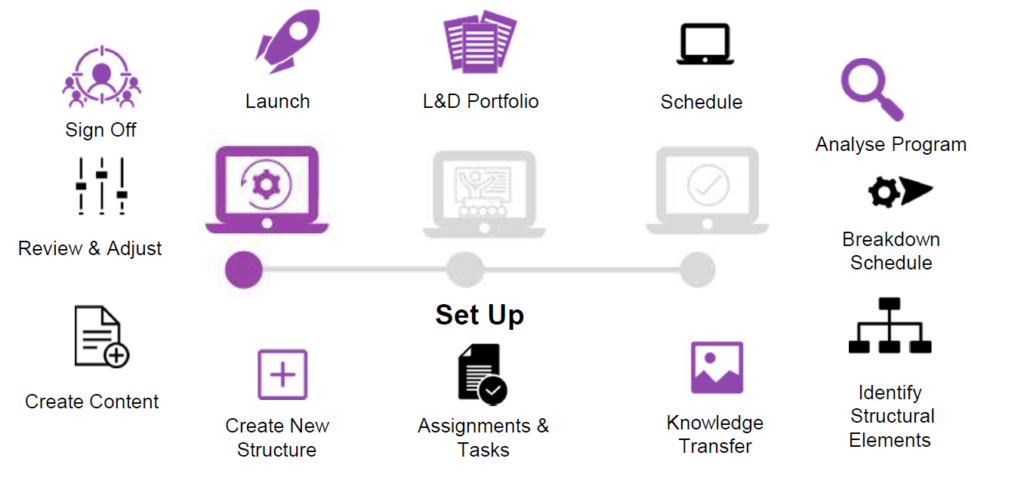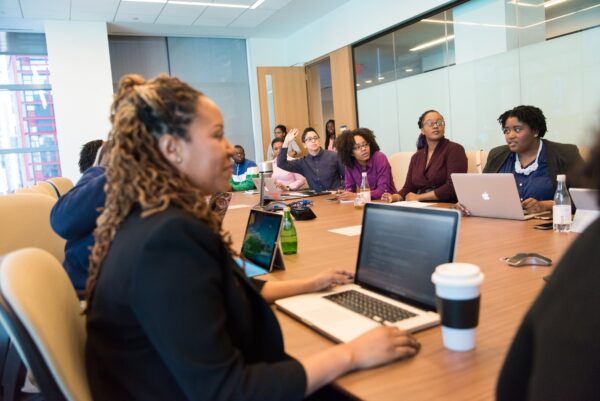The situation in the area of Learning and Development is somewhat disordered right now. The question of how to deliver effectively when our participants are not able to gather in a classroom is being addressed in a variety of ways. L&D professionals are having to address how they deliver training initiatives, they are having to use new tools and approaches, and whilst in many cases there are challenges with these approaches, there are some things of which we should take note. Are there approaches and techniques that we should be evaluating to use as standard going forward?
It’s too early to know exactly how things will look in the next few weeks and months ahead. There is still a high level of uncertainty in business terms, let alone what it means when it comes to L&D initiatives. Though, what we can see, is that the move to virtual and digital has really given momentum to an approach that has been with us for a number of years.
The Requirement to Move Online
There are some organisations that are well ahead when it comes to the design of blended programs that incorporate virtual and digital elements, who are familiar with the tools and techniques to deliver effective training out of the classroom. However, this can not be said for all. There are still many out there who rely heavily on classroom training sessions and where there have been many, assorted reasons why the move to a more blended approach has not been taken. Until now.
The rapid requirement to a more virtual and digital approach is supported by an underlying requirement to make this shift that has been gradually making itself felt for several years. There have been requirements to reduce the time that employees are away from the office participating in education, this has come from organisations but also from participants themselves, who find it hard to justify days away from work. The cost of participation is another reason, not only in terms of the education itself but also in terms of logistical costs and time away from operational matters. Another argument used to reduce the number of classroom days is in terms of the reach of learning initiatives, if we can reduce the requirement to travel, we are able to offer consistent trainings to a wider participant base and be more flexible in our approach. These are not new.
Many of us in the Learning and Development world have been caught relatively unprepared by the current Corvid-19 crisis. This has led to the rapid move to virtual and digital as a means of delivery. eLearning has also once again seen an increase in demand as the requirement to deliver out of the classroom has been a necessity. The question is what will happen when things return to normal, where once again classroom sessions are possible. Will we just throw these new tools out or really begin to apply them in our trainings going forward?
Incorporating Digital and Virtual Approaches
The most obvious move has been the huge uptake in the use of virtual meeting tools. Meeting tools such as Zoom, Microsoft Teams, Google Hangouts etc are all finding their place in the world of L&D like never before. Suddenly, instructors are having to utilise these means in order to reach out to their participants and whilst there have been some hiccups, many of us are realising that actually it’s not so bad after all.
An additional point when it comes to virtual tools is that not only are instructors becoming more attuned in how to deliver virtually but participants are becoming familiar with these tools as a means of attending trainings. Yes, there have been some approaches that haven’t quite worked, learning sessions that have been too long, or not had the right mix of variety, duration, and interaction to really create engagement. This is not so surprising given the need to rapidly adjust. However, the familiarity with these tools as a means to deliver or receive training is definitely something that can be utilised going forward. As long as we learn and use the right approaches, both in terms of design and delivery, to create truly interactive, engaging, and valuable virtual sessions there are opportunities ahead.
The utilisation of digital platforms has also been necessary as a means of delivering knowledge transfer, to structure learning initiatives, and provide forums for participant interaction. Whether it’s an LMS system, or something like the Promote platform, we have really had to address how we support knowledge transfer to our participants. Historically many of these platforms have been used to support classroom learning, now they are having to be used in their own right – to enable learning, build knowledge, and support application.
Social learning has also experienced an uptick, where Online communities of learning are currently very popular. People are seeking advice but also sharing experiences digitally because they this is the only means that they have available to them right now. Informal learning was there before but it’s become increasingly prominent over the past few weeks. How can we harness this in an effective way for the benefit of our employees and their ongoing development – not only in times of Coronavirus.
These approaches are not new but there have been barriers to application that have mostly had to be torn down given the current situation. Given where we are now, where there is greater familiarity with them on the part of both facilitators and participants, we can take steps to incorporate them properly into our L&D initiatives in the future. This will no longer be the right-now necessity but we should be able to take a breath and see what is the best tool for the job and holistically design a program that incorporates the best elements of a blended approach to meet the development needs of both our learning audiences and the organisations they work for alike.
Now, of course, there will be those who return to the reliance on the classroom setting as soon as they are able. There are still valid reasons to hold face-to-face learning activities, not least in terms of training to apply behaviours, networking opportunities, controlled application, the ability to give immediate feedback and actually, because many participants still prefer to learn in a face-to-face environment. The point is that given the new approaches we’ve all had to apply recently, we should be able to make a more qualified decision as to whether a face-to-face session is vital, nice to have, or can be replaced with something that serves the purpose just as well.
What Happens Next?
What we have seen is that the High-Performance Learning Journey approach provides us with many of the answers when it comes to how to design such blended programs. Indeed, where we have already incorporated this approach one of the advantages has been that only the face-to-face elements have had to be replaced and not the whole approach to a training program. Whilst still a challenge, this has been a simpler process and more straightforward to achieve. The increase in the use of virtual tools and platforms to support learning has also broken many of the barriers that presented themselves when it came to getting knowledge, learning, and application across to our participants.
My point is this, things are chaotic right now. There may be too much uncertainty in many organisations to make a decision now in terms of how trainings are going to be designed and delivered going forward but there are some valuable lessons that we can take with us. Fairly soon, hopefully, the Coronavirus will recede and we will be able to decide on what our longer-term approach can be. However, if things continue as they are right now, we will be forced to make a more long-term decision on how we deliver using these tools. Either way, we should be able to deliver L&D initiatives in a manner that enables us to really use them to their best advantage and we are doing things right now that can inform these decisions.




